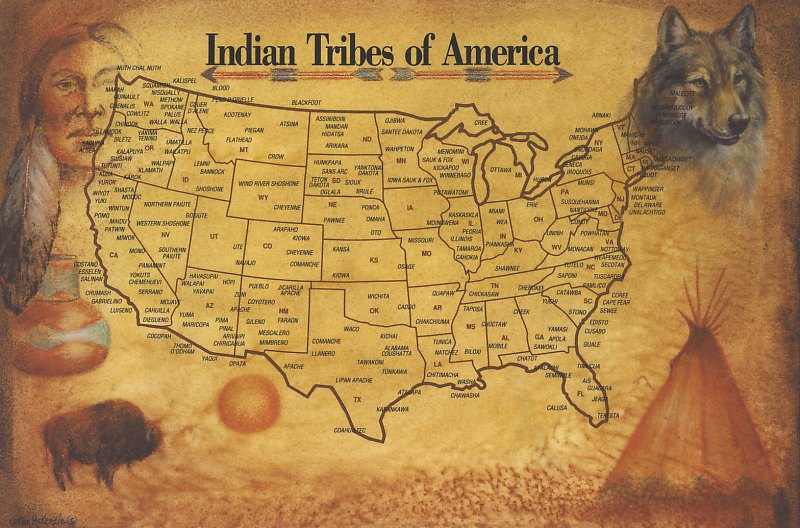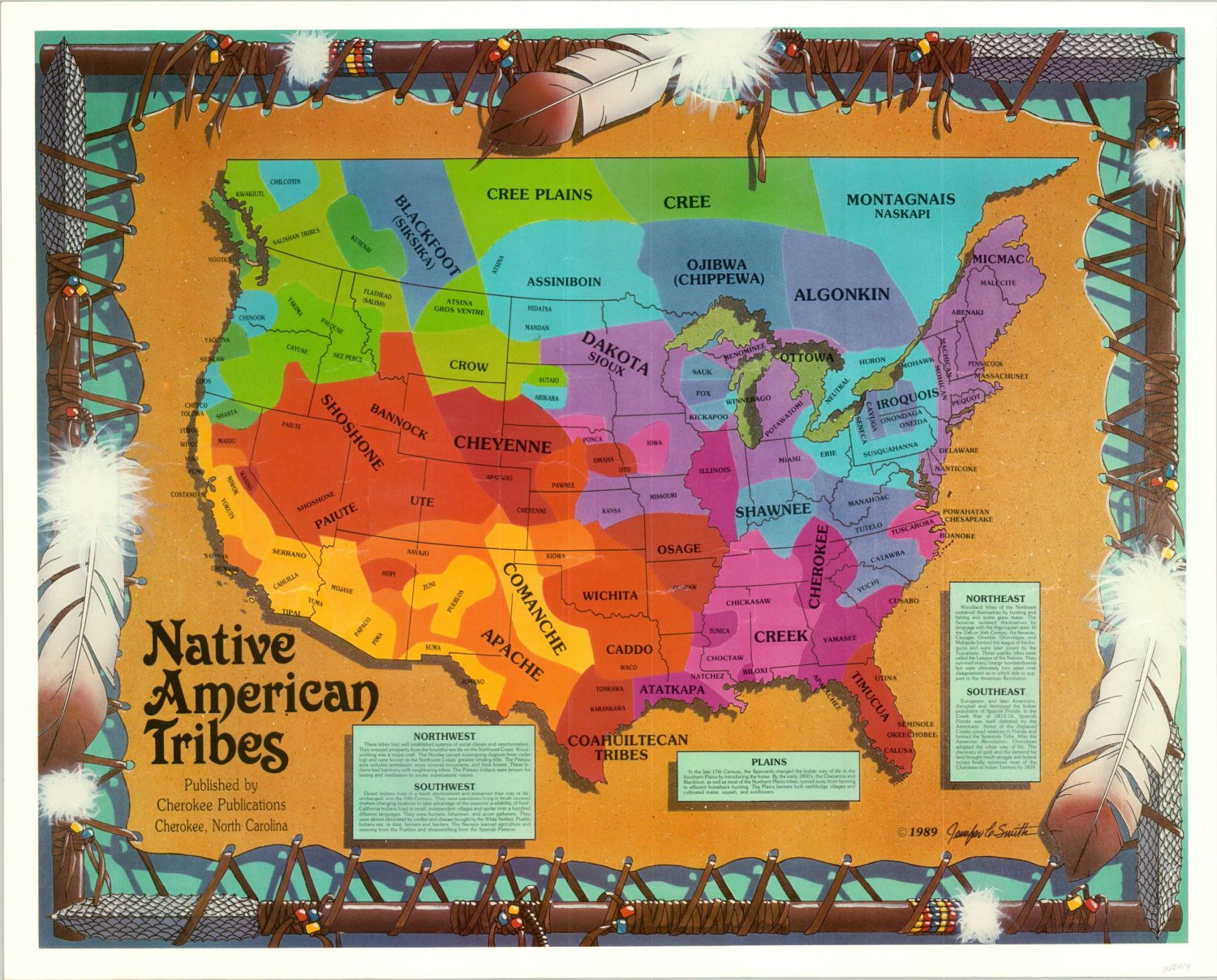Washington’s Indigenous Tapestry: A Look at the Diverse Tribes of the Evergreen State
Washington’s Indigenous Tapestry: A Look at the Diverse Tribes of the Evergreen State

Washington State, a land of towering mountains, lush forests, and sparkling waters, is also a place deeply rooted in the history and culture of its indigenous peoples. For millennia, Native tribes have thrived in this region, their vibrant traditions and stories woven into the very fabric of the land. This article delves into the diverse tapestry of Washington’s Native tribes, exploring their unique cultures, histories, and ongoing efforts to preserve their heritage.
A Legacy of Resilience: From Ancient Origins to Modern Times
Related Articles: Washington’s Indigenous Tapestry: A Look at the Diverse Tribes of the Evergreen State
- Spotting Feathers: Unlocking the Mystical Messages They Carry!
- The Captivating History of Thanksgiving: Unraveling the Origins
- Uncover the Legends of Thunderbird and Mishipeshu: Guardians of the Skies and Waters
- Discover the Rich History: Sioux Map Unveiled, Navigate Through Time
- Discover the Rich Tapestry of Clans: Exploring Kinship and Community in Ojibwe Culture
The indigenous peoples of Washington State trace their lineage back thousands of years, their stories and traditions passed down through generations. Before European contact, the region was home to a rich tapestry of distinct tribes, each with its own language, customs, and spiritual beliefs. The Salish, Coast Salish, and Chinookan language families dominated the landscape, with smaller groups like the Klallam, Quinault, and Lummi flourishing in their respective territories.
These tribes thrived in harmony with their environment, developing complex social structures and sustainable practices that allowed them to flourish. Their lives were interwoven with the rhythms of nature, with intricate knowledge of the land, its resources, and its cycles. They practiced fishing, hunting, and gathering, utilizing the abundance of the region’s forests, rivers, and oceans.
The arrival of European settlers in the 18th and 19th centuries brought significant disruption to the lives of the indigenous tribes. The encroachment of settlers, the introduction of diseases, and the forced assimilation policies of the U.S. government led to a devastating decline in tribal populations and the near-loss of their cultural practices.
A Journey of Renewal: Reclaiming Heritage and Building a Future
Despite these challenges, the spirit of the Native tribes of Washington State remained unbroken. Over the decades, they have fought tirelessly to reclaim their heritage, preserve their languages, and revitalize their traditions. The passage of the Indian Reorganization Act in 1934 and the subsequent establishment of tribal governments provided a crucial step towards self-determination.
Today, Washington State is home to 29 federally recognized tribes, each with its own unique identity and governance structure. These tribes play a vital role in the state’s economic, social, and cultural landscape. They manage their own lands, operate businesses, provide essential services to their members, and advocate for the preservation of their cultural heritage.
A Glimpse into the Tapestry: Exploring the Diverse Tribes of Washington
1. The Coast Salish: Guardians of the Coastal Waters

The Coast Salish tribes, including the Lummi, Swinomish, and Samish, are known for their deep connection to the Pacific Northwest’s rich marine environment. Their culture is intricately woven with the rhythms of the tides, the abundance of salmon, and the stories of the ocean. They are renowned for their intricate wood carvings, their traditional dance ceremonies, and their vibrant storytelling traditions.
2. The Salish: Keepers of the Interior Forests
The Salish tribes, like the Tulalip, Snoqualmie, and Puyallup, inhabit the interior regions of Washington, where the forests are dense and the rivers flow freely. Their culture is deeply rooted in the land, with a profound respect for the natural world and its spiritual significance. They are known for their intricate basket weaving, their traditional longhouses, and their powerful storytelling traditions.
3. The Chinookan: Masters of Trade and Navigation
The Chinookan tribes, including the Chinook, Clatsop, and Willapa, once thrived along the lower Columbia River. They were renowned for their skill in navigating the river, their intricate trading networks, and their sophisticated language. The Chinookan people were known for their elaborate clothing, their distinctive hairstyles, and their unique cultural practices.

4. The Klallam: Guardians of the Olympic Peninsula
The Klallam people are the indigenous inhabitants of the Olympic Peninsula, a region of rugged mountains, lush forests, and pristine coastline. Their culture is deeply connected to the land and its resources, with a focus on fishing, hunting, and gathering. The Klallam people are known for their unique language, their traditional canoe carving, and their rich storytelling traditions.
5. The Quinault: Keepers of the Coastal Rainforests
The Quinault people reside in the heart of the Quinault Rain Forest, a region known for its towering trees, abundant wildlife, and rich biodiversity. Their culture is deeply rooted in the rainforest, with a profound respect for the natural world and its spiritual significance. The Quinault people are known for their traditional fishing practices, their intricate basket weaving, and their powerful storytelling traditions.
Preserving Heritage, Embracing the Future

The Native tribes of Washington State are not simply a part of the past; they are a vibrant and dynamic force in the present. They continue to work tirelessly to preserve their languages, revitalize their traditions, and ensure that their stories and cultures are passed down to future generations.
Through their museums, cultural centers, and educational programs, they are sharing their heritage with the wider community, fostering understanding and appreciation for the rich tapestry of indigenous cultures in Washington State.
Looking Towards Tomorrow: A Shared Future
The future of Washington State is inextricably linked to the future of its indigenous peoples. Recognizing the contributions and resilience of these tribes is crucial to building a more inclusive and equitable society.
By respecting their sovereignty, supporting their cultural revitalization efforts, and acknowledging the injustices of the past, we can work together to create a future where all communities can thrive.
FAQs about Native Tribes in Washington State
Q: How many federally recognized tribes are in Washington State?
A: There are 29 federally recognized tribes in Washington State.
Q: What are some of the most prominent Native American languages spoken in Washington State?
A: Some of the most prominent Native American languages spoken in Washington State include:
- Lushootseed: Spoken by the Puget Sound Salish tribes, including the Snoqualmie, Duwamish, and Suquamish.
- Lummi: Spoken by the Lummi tribe.
- Swinomish: Spoken by the Swinomish tribe.
- Klallam: Spoken by the Klallam tribe.
- Quinault: Spoken by the Quinault tribe.
- Chinook: Spoken by the Chinook tribe.
Q: What are some of the most significant cultural events and celebrations held by Native tribes in Washington State?
A: Some of the most significant cultural events and celebrations held by Native tribes in Washington State include:
- Potlatch: A traditional ceremony of the Coast Salish tribes, involving feasting, dancing, and the giving of gifts.
- Salmon Ceremony: A celebration of the salmon run, a vital part of the cultural and economic life of many tribes.
- First Salmon Ceremony: A traditional ceremony held to honor the first salmon of the season.
- Pow Wow: A gathering of Native peoples from across the region, featuring traditional dances, songs, and drumming.
Q: How can I learn more about the Native tribes of Washington State?
A: There are many resources available to learn more about the Native tribes of Washington State, including:
- Tribal websites: Most tribes have their own websites with information about their history, culture, and current activities.
- Museums and cultural centers: The Burke Museum of Natural History and Culture in Seattle, the Tacoma Art Museum, and the Northwest Museum of Arts and Culture in Spokane all have exhibits on Native American cultures.
- Books and documentaries: There are many books and documentaries available that explore the history and culture of the Native tribes of Washington State.
- Tribal events: Attending tribal events, such as pow wows and cultural festivals, is a great way to learn about and experience Native American culture firsthand.
Q: What can I do to support the Native tribes of Washington State?
A: There are many ways to support the Native tribes of Washington State, including:
- Educate yourself: Learn about the history, culture, and current issues facing Native tribes.
- Support tribal businesses: Patronize Native-owned businesses and organizations.
- Donate to tribal charities: Support organizations that are working to preserve Native American culture and heritage.
- Advocate for tribal rights: Support policies that promote tribal sovereignty and self-determination.
- Visit tribal museums and cultural centers: Support these institutions by visiting them and learning about their collections.
- Respect tribal traditions: Be mindful of the cultural sensitivities of Native peoples and avoid appropriating their traditions.
By learning about the Native tribes of Washington State, we can gain a deeper understanding of the rich history and culture of this region and work towards a more inclusive and equitable future for all.

Closure
Thus, we hope this article has provided valuable insights into Washington’s Indigenous Tapestry: A Look at the Diverse Tribes of the Evergreen State. We thank you for taking the time to read this article. See you in our next article!